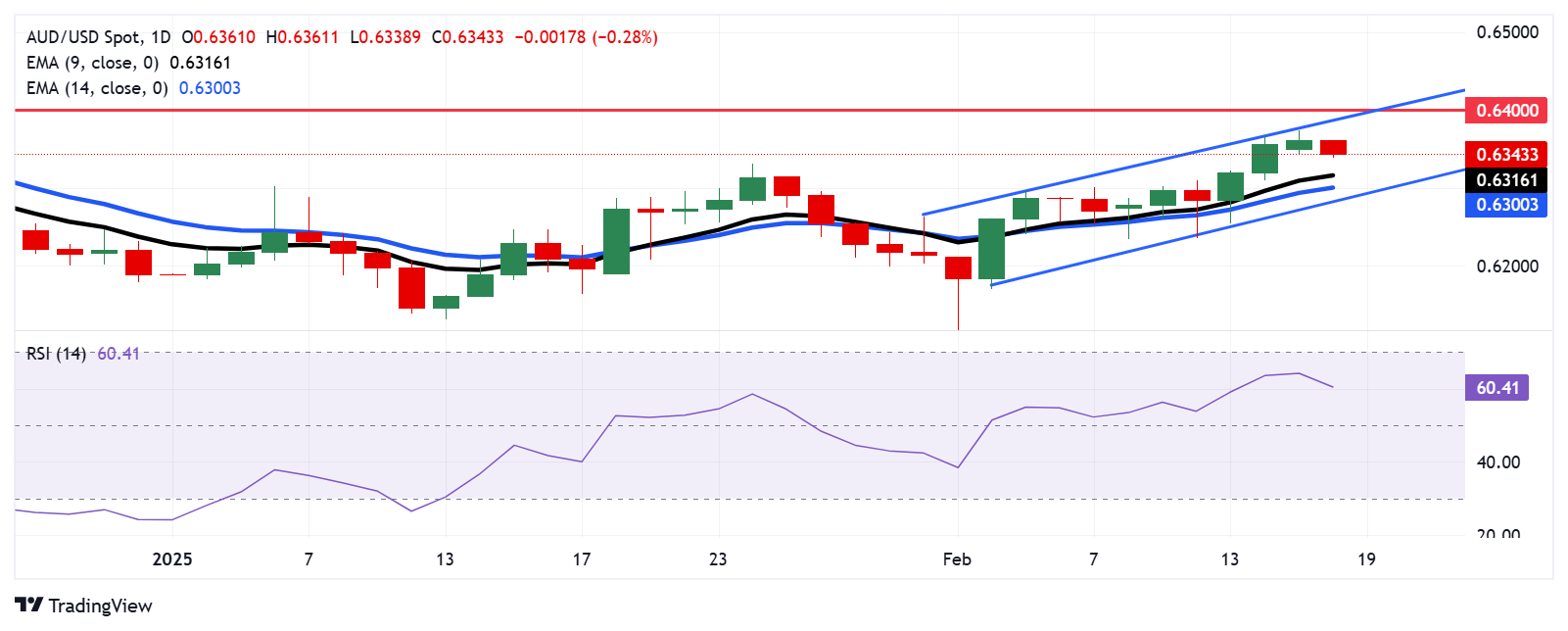The Australian dollar held its ground on Wednesday after Reserve Bank of Australia (RBA) Governor Michele Bullock refrained from declaring victory over inflation, keeping expectations for monetary policy in focus. While the currency showed little immediate reaction, traders remain cautious about the central bank’s next move, as inflation remains a persistent concern.
Bullock’s comments reinforced the RBA’s data-dependent approach, suggesting that while inflation has moderated, risks remain. Investors had been looking for stronger signals on whether the central bank sees room for rate cuts later this year, but Bullock’s cautious tone kept markets uncertain, leaving the Aussie dollar trading in a tight range.
Meanwhile, the US dollar’s performance has also influenced AUD/USD, as shifting expectations around the Federal Reserve’s rate outlook continue to shape market movements. With the Fed maintaining a wait-and-see approach, US Treasury yields have remained elevated, limiting the Australian dollar’s ability to rally despite its recent resilience.

AUD/USD 1-D Chart as of February 18, 2025 (Source: TradingView)
Commodity prices, particularly iron ore and energy exports, remain a key driver for the Australian economy and currency. While demand for raw materials from China has been mixed, any signs of improvement in the global economic outlook could provide a lift to the Aussie dollar, helping it break out of its current consolidation.
Market participants are now focused on upcoming Australian labor market data and key US economic releases, which could provide further clarity on central bank policy direction. A strong employment report in Australia could reinforce the case for the RBA to hold rates steady longer, while weaker data may fuel speculation about eventual easing.
For now, the Australian dollar remains stable, with traders awaiting stronger signals from both the RBA and Federal Reserve before making decisive moves. As global inflation trends and economic data unfold, the next major catalyst for the Aussie’s direction will likely come from fresh policy guidance and shifts in risk sentiment.













